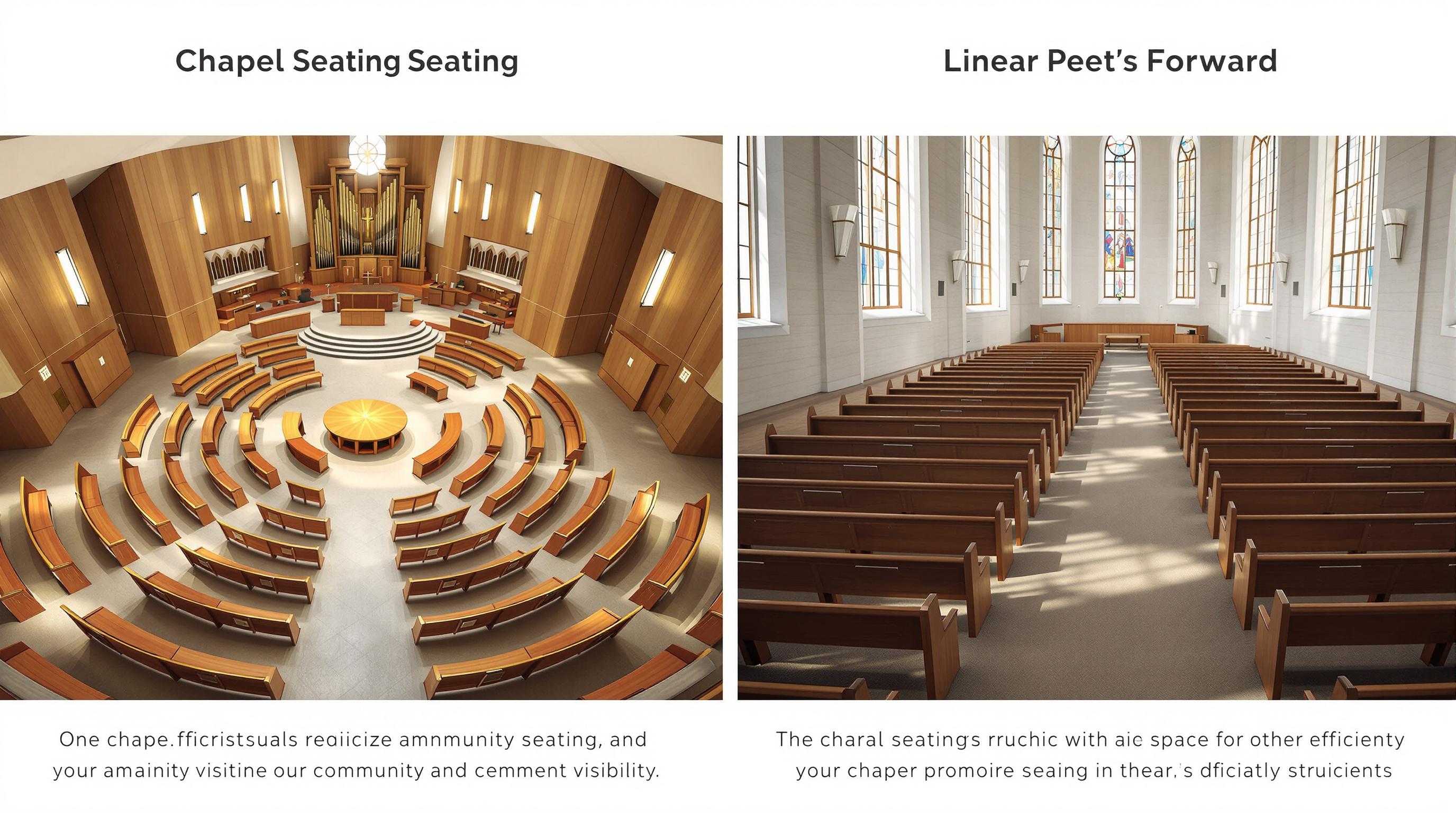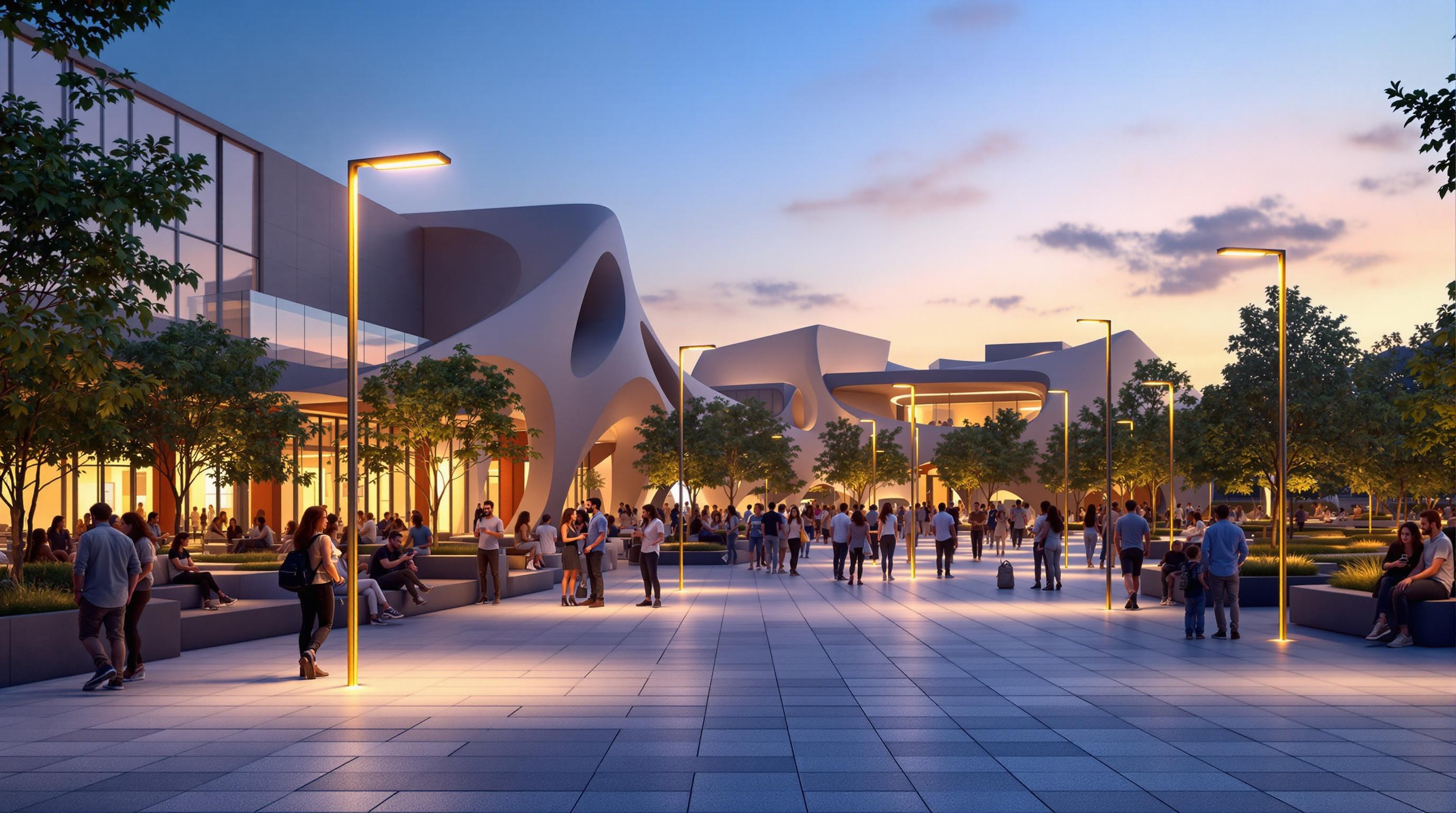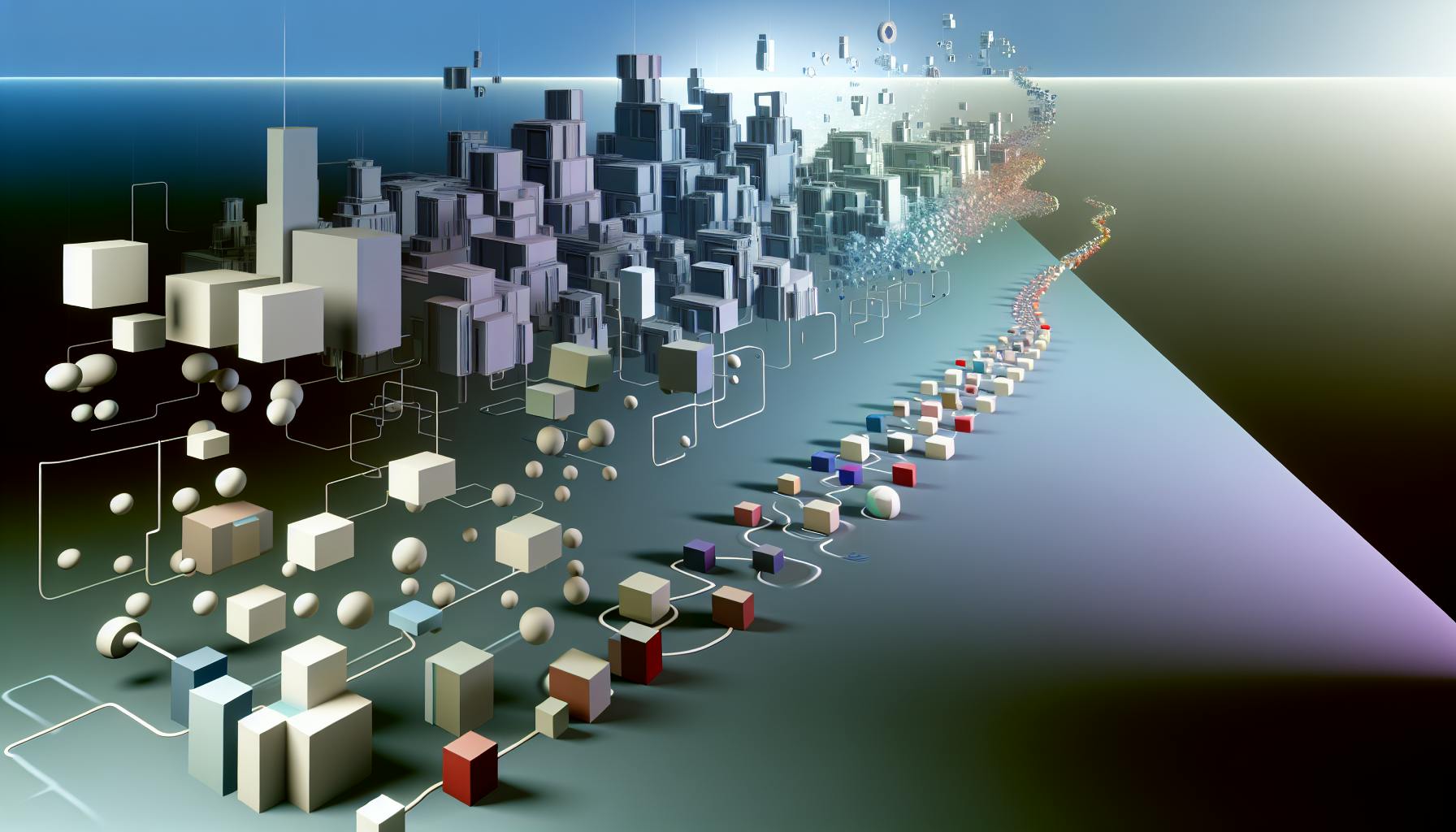Architectural design is a creative process focused on planning and constructing buildings and environments that are functional, safe, aesthetically pleasing, and environmentally responsible. It involves understanding the needs of users, selecting materials, and considering the impact on society and the environment. Here's a quick overview:
- Understanding Architectural Design: It's about creating ideas, plans, and drawings for spaces before they're built, focusing on beauty, functionality, and user satisfaction.
- The Purpose and Impact: Aims to improve quality of life, community cohesion, and environmental sustainability.
- Key Elements: Includes form and space, light and materials, and color, texture, and pattern.
- Architectural Styles: From Classical to Postmodern, styles evolve to reflect societal values and technological advancements.
- Contemporary Trends: Emphasizes sustainable, biophilic, and smart design principles.
- Societal and Cultural Impact: Architectural design shapes community identity and influences well-being.
This guide introduces the meaning, process, and impact of architectural design, exploring how it shapes our environments and lives.
What is Architectural Design?
Architectural design is all about coming up with ideas, plans, and drawings for buildings and spaces before they are built. It's about making places that look nice, work well for what they need to do, and make people happy to be in them.
In the architectural design process, the main steps include:
- Figuring out what the building or space needs to do
- Thinking up different designs and picking the best one
- Drawing up plans and making models to show what it will look like
- Choosing what materials and details to use
Architectural design is different from just architecture because it's more about imagining and planning beautiful and useful spaces, while architecture is about the nuts and bolts of making those spaces real.
How Architectural Design Differs from Architecture
Although they are related, architectural design and architecture are not the same thing:
- Architecture is about the actual building - how to put it together, what materials to use, and making sure it stands up.
- Architectural design is more about dreaming up the space - thinking about how it will be used, how it will look, and making plans for it.
Basically, architectural design is the creative part of planning spaces, and architecture is about making those plans happen in the real world.
The Purpose and Impact of Architectural Design
The aim of architectural design is to make spaces and buildings that are:
- Functional: They do what they are supposed to do
- Safe: They are strong and keep people safe
- Aesthetically pleasing: They look good and feel right
- Environmentally responsible: They don't harm the planet and use resources wisely
- Enhancing of quality of life: They make life better by supporting health, activities, and bringing people together
Good architectural design does a lot of important things:
- Helps shape how communities look and connect
- Makes our lives better and healthier
- Can drive economic growth
- Shows off cultural styles and ideas
- Adapts to the climate and surroundings
In short, architectural design is really important because it affects how we live, work, and play in the spaces around us.
Elements of Architectural Design
When architects design buildings, they use a bunch of different parts to make sure the building looks good and works well. Here's a look at some of these key parts:
Form and Space
- Form is about the shape of a building and how it makes up the space.
- Architects think about how to arrange these shapes and spaces so they're useful and look nice. For example, making a big open area can make a place feel more connected and spacious, or using round shapes can make it feel smooth and flowing.
Light and Materials
- The stuff a building is made of (materials) and how light plays with it can really change how a place feels.
- When planning a building, architects think about both light and materials together. Big windows, for example, can let in a lot of natural light, and shiny materials can help light up darker spots.
Color, Texture, and Pattern
- The colors, textures, and patterns in and on a building also help create its overall vibe.
- An architect might pick earthy colors and natural materials like wood and stone to make a place feel cozy and welcoming. Or, they might go for cool grays and straight lines for a more modern look.
Architectural Design Styles
Overview of Key Architectural Styles
Over the years, the way buildings look and are built has changed a lot. This is because of the tools people had, what they liked, and how they wanted to express themselves. Here are some styles you might have seen:
- Classical/Greek/Roman (500 BCE - 476 CE): These buildings are all about balance and beauty. Think big columns, arches, and symmetry.
- Gothic (1150-1500): Known for its tall structures, pointy arches, and beautiful stained glass. It aimed to reach the sky and let in a lot of light.
- Baroque (1600-1750): Very fancy and detailed, with lots of curves and decorations. It was all about impressing and showing off.
- Modernist (1900-1950): Went back to basics with simple shapes and using new materials like glass and steel. It was more about the building's use than its looks.
- Brutalist (1950-1975): Made mostly with concrete, these buildings are sturdy and straightforward, showing off their structure.
- Postmodern (1975-1990s): Mixes different styles in a fun way, using bright colors and unusual shapes. It was a bit of a reaction against the simpler modernist style.
Each style tells us something about the time it was popular, what people valued, and how they solved building problems.
Contemporary Trends in Architectural Design
Today's architecture is all about:
- Parametric design: Uses computer programs to create complex and flowing shapes that might remind you of nature.
- Biophilic design: Tries to connect people and buildings to nature, using plants, natural light, and shapes that feel organic. It's all about feeling good in the space.
- Sustainable architecture: Focuses on being kind to the environment by using things like solar power and materials that don't harm the planet.
- Smart buildings: These buildings use technology to manage how much energy they use and make life easier for the people inside.
- Placemaking: It's about making public spaces that bring people together and reflect the community's history and culture. It's like creating a favorite hangout spot that's meaningful.
The newest designs in architecture use technology to solve problems while also trying to make spaces that are good for the environment and the people who use them.
sbb-itb-1be9014
The Impact of Architectural Design
Societal and Cultural Impact
The styles and trends in architectural design are like a mirror of what societies value and how they live at different times. From the Gothic to the Modern, each style has shown what was important to people back then. Today, we see a focus on caring for the environment, using new technology, connecting with nature, and making spaces where people can come together.
Buildings and design tell a story about a society's taste, wealth, cultural mix, and tech skills to both locals and visitors. They give us places to meet and celebrate, shape our community life, and even change how we feel and think without us realizing it.
Effects on Well-Being and Environment
How a building is designed can really affect our health and the planet. Things like how much natural light there is, if there are parks or plants around, using materials that don't harm the environment, and making buildings energy-efficient can make us healthier and happier. They can also help the planet by cutting down on pollution and waste, saving animal homes, and using less oil and gas.
Economic Ramifications
Good design isn't just nice to look at; it can also help the economy. When a place looks good, it can attract businesses, people, and tourists. This can make properties more valuable, create jobs in construction, and bring in more money for the city through taxes.
Research shows that neighborhoods with thoughtful design do better economically. Using architecture to make public spaces more inviting and to give a community a unique look can turn them into places people want to visit. In the end, focusing on great design in city planning can make communities stronger and more prosperous.
Exploring Architectural Design Concepts
With Architecture Helper, you can dive into the world of buildings and create your own designs. It lets you upload pictures of buildings you like and tells you about their style and features. This tool helps you see what makes different buildings special and gives you ideas for your own projects.
Here are some ways you can use Architecture Helper to learn and get creative:
Analyze Photos of Favorite Buildings
- Upload pictures of buildings that catch your eye. These could be famous places, hidden treasures, or spots that mean something to you.
- Look at the detailed info the tool gives you about each picture. It will talk about the building's style, age, materials, and more. See how different buildings compare.
- Keep track of the buildings and styles you like best by saving them in your profile.
Find Patterns and Mix-and-Match Elements
- Check out the building details others have shared. Look for design features that stand out to you across different times.
- Pick your favorite parts from those buildings and try putting them together in new ways. Play with shapes, textures, and ages.
- Keep adjusting your mix until you get something you like. Use the building info as a guide to make sure everything fits together well.
Conceptualize Original Structures
- Start sketching your own building ideas based on what you've learned. Use parts that you thought were cool.
- Use the tool to see how your sketches would look in real life. Make changes to improve your design.
- Take screenshots of your final designs and share them to get opinions from friends or the Architecture Helper community.
By looking at different buildings, discovering what you like, and trying out your own ideas, you can learn a lot about architecture. Architecture Helper is a fun way to explore old styles and think about new ones.
Related Questions
What is the meaning of architectural design?
Architectural design is all about planning and building things like houses, offices, and other structures. It's a creative process where architects think about how to make these places look nice, work well, be good for the environment, and improve our lives. The main goal is to meet the needs of the people who will use these spaces, making sure they are both beautiful and practical.
What is the basic concept of architectural design?
The basic idea of architectural design is to turn a need or idea into a real building that has a purpose. This means figuring out what the building should do, who will use it, what activities will happen there, and how to organize everything. Architects turn these ideas into designs that are both good-looking and useful, planning the spaces and the way they fit together.
What are the 5 stages of the architectural design process?
The architectural design process usually goes through 5 main steps:
- Schematic Design - Sketching out the basic idea and layout
- Design Development - Fine-tuning the details and picking materials
- Construction Documents - Making the final drawings with all the building details
- Bidding - Choosing a construction company by comparing offers
- Construction Administration - Watching over the construction to make sure everything goes as planned
This process helps turn the first vision into a finished building.
What are the 4 stages of architectural design?
The architectural design process can be broken down into 4 main phases:
- Conceptual: Thinking of ideas and a main theme
- Logical: Planning out how the space will work and be arranged
- Structural: Figuring out the engineering and structure
- Concrete: Making detailed drawings with all the specifics for building
This covers everything from the first ideas to the detailed plans needed for construction.


